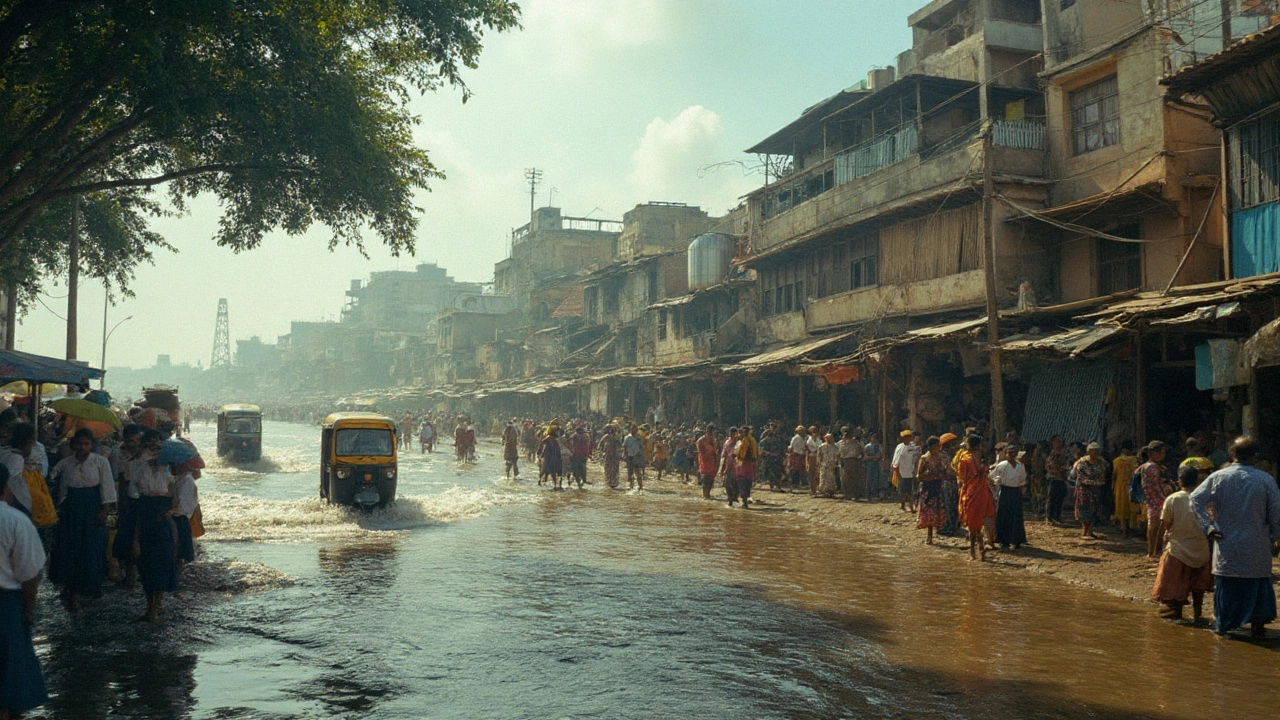Climate Change Timeline: Key Events, Impacts, and Solutions in India
When we talk about the climate change timeline, a sequence of measurable environmental shifts caused by human activity, primarily greenhouse gas emissions. Also known as global warming timeline, it’s not just about future predictions—it’s about what’s already happened, and what’s being done to stop it. In India, this timeline isn’t abstract. It’s the monsoon that came late in 2023, the heatwave that broke records in Delhi, the coastal villages losing land to rising seas. These aren’t distant threats. They’re part of a documented chain of events stretching back decades.
The climate change impacts, the observable consequences on ecosystems, economies, and public health show up in agriculture, water supply, and health systems. Crop yields dropped in Punjab during the 2022 heat spike. Air pollution in Mumbai spiked as temperatures rose, worsening respiratory cases. The renewable energy transition, the shift from fossil fuels to solar, wind, and other clean sources is India’s direct response. By 2025, solar power is adding more capacity than any other energy source, and wind is now the cleanest form of energy by emissions and land use. These aren’t just policies—they’re survival tactics.
Behind every step on this timeline is human action. Scientists tracked rising CO2 levels. Engineers built cheaper solar panels. Public health programs launched to protect communities from heat-related illness. Technology transfer efforts moved lab innovations into rural microgrids. And policy changes—like India’s commitment to net-zero by 2070—were built on data, not promises. This timeline isn’t linear. It’s messy, urgent, and full of turning points.
What you’ll find here are real stories from India’s fight against climate change. Not theories. Not forecasts. Actual projects, breakthroughs, and failures that shaped the path we’re on. From how renewable energy became cheaper than coal to how biotechnology is helping crops survive droughts, these posts show the science behind the headlines. You’ll see how public health interventions protect people from climate risks, how data scientists help predict floods, and why innovation doesn’t happen in labs alone—it happens when scientists talk to farmers, policymakers, and engineers.




